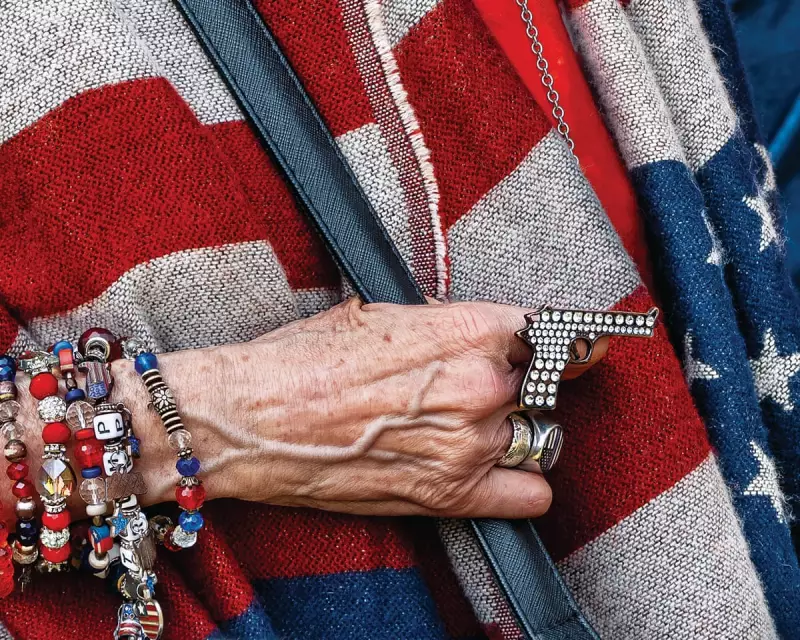
Seventy years after photographer Berenice Abbott documented the changing face of US Route 1, a new artistic journey has retraced her path with startling results. Anastasia Samoylova, inspired by Abbott's work, embarked on a reverse trip along the iconic highway, beginning in her home state of Florida and concluding in Maine.
A Corridor of Commerce and Myth
Samoylova's project, titled Atlantic Coast, explores the enduring role of Route 1 as a vital artery for commerce, migration, and national mythology. Her photographs reveal a landscape still profoundly shaped by infrastructure, deeply held ideologies, and the powerful illusions America tells about itself. The collection, published by Aperture Books, captures a country at a crossroads.
The work presents a nation fragmented by environmental crises, political nostalgia, and unchecked development. As writer Aruna D’Souza notes, the past consistently intrudes upon the present in Samoylova's frames. The photographer herself suggests this is a direct commentary on how the United States has never fully reconciled with the original sins of its founding—namely slavery and genocide.
Fragments of a Nation
Individual images from the series tell powerful, self-contained stories. In Gun Ring, New York, 2024, taken at a Brooklyn Memorial Day Parade, a woman's hand adorned with a rhinestone pistol ring opens a conversation about patriotism and the pervasive nature of gun culture in everyday American life.
Another striking photograph, Drying Jeans, Fort Lauderdale, Florida, 2024, was captured after catastrophic flooding. It shows a neat row of jeans laid out to dry above receding floodwaters, a small American flag hanging nearby. This image poignantly symbolises the attempt to maintain domestic normality atop an increasingly unstable and climate-affected ground.
History and Its Unmaking
One of the most historically resonant images, Removal of John C Calhoun Statue, Charleston, South Carolina, 2020, captures a quiet moment of monumental change. A Black woman watches the dismantling of a statue honouring a prominent defender of slavery while a baby sleeps on the grass nearby. Samoylova draws a parallel to Robert Frank's The Americans, noting a narrative inversion where a caretaker witnesses the fall of a symbol that once upheld the racial hierarchy.
In Princess Tree, Baltimore, Maryland, 2024, delicate blossoms contrast with a derelict building in a neighbourhood once photographed by Abbott. Samoylova uses the invasive princess tree as a metaphor for what grows in the void left by collapsed industry and vanished investment, holding both beauty and neglect in a single frame.
The collision of modern life with relentless change is stark in Demolition Site, Miami, 2025, where a woman scrolls on her phone, oblivious to a building being torn apart just feet away. This surreal contrast captures Miami's uneasy coexistence of luxury and ruin.
From historical re-enactors in New Hampshire to old cars in East Harlem, Samoylova's lens interrogates the sameness of American consumer culture and the nation's complex, often unreconciled, relationship with its own history. Her work does not offer easy answers but instead presents a compelling, fragmented portrait of a country continually wrestling with its identity.





